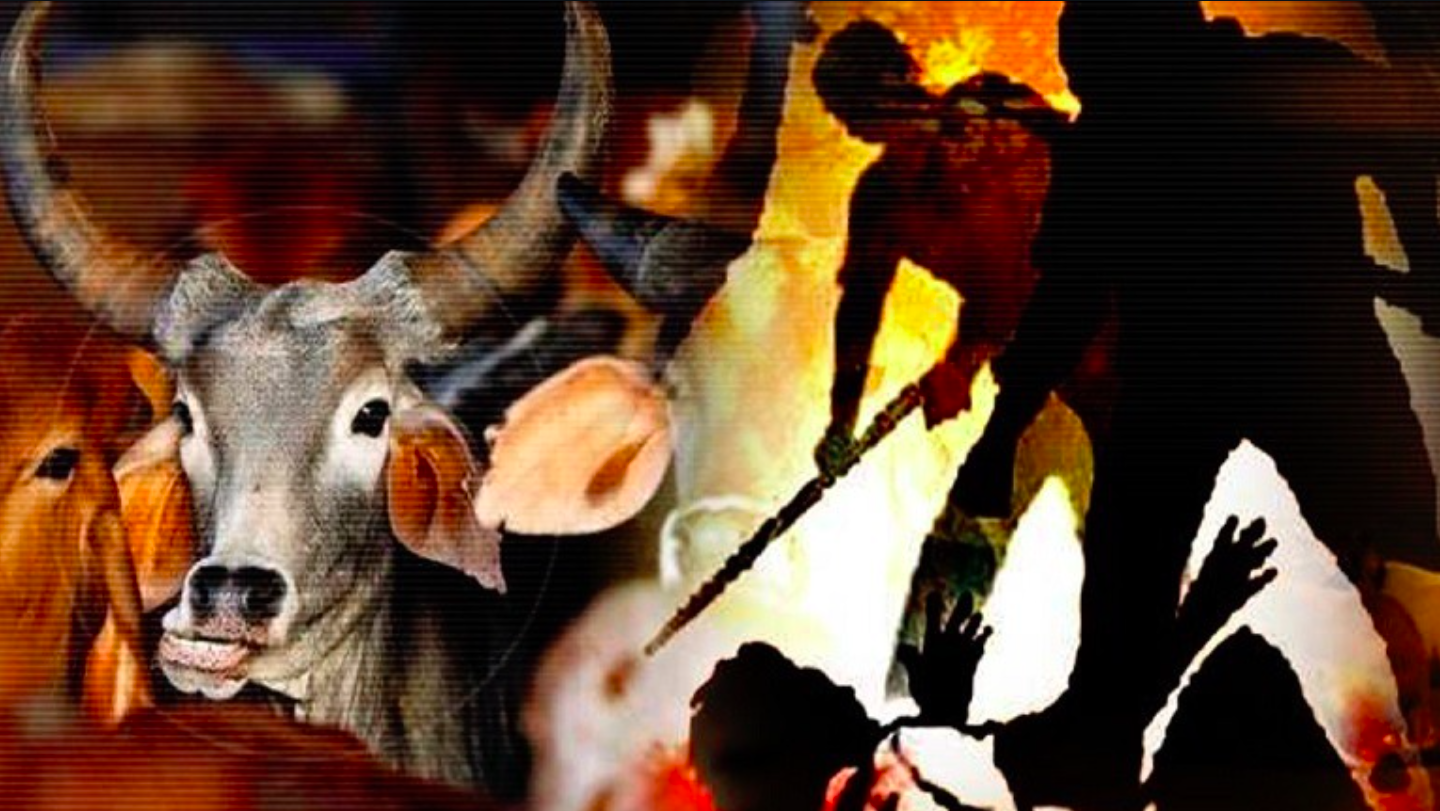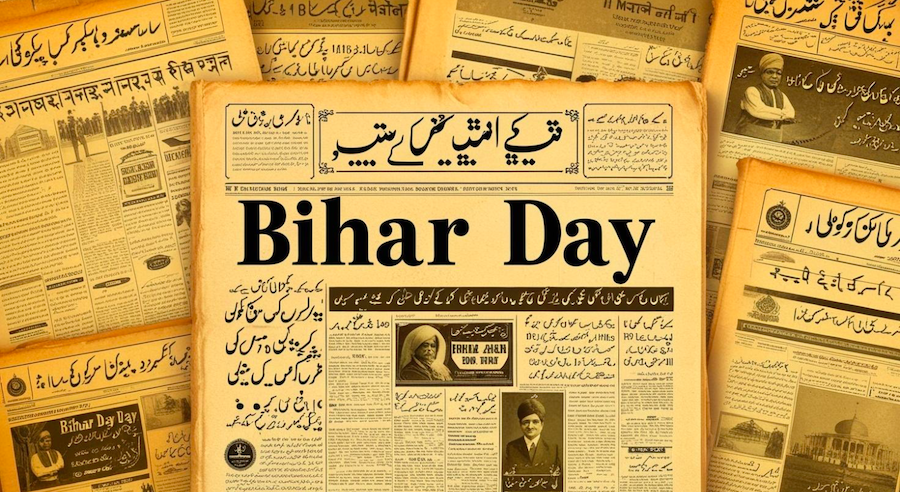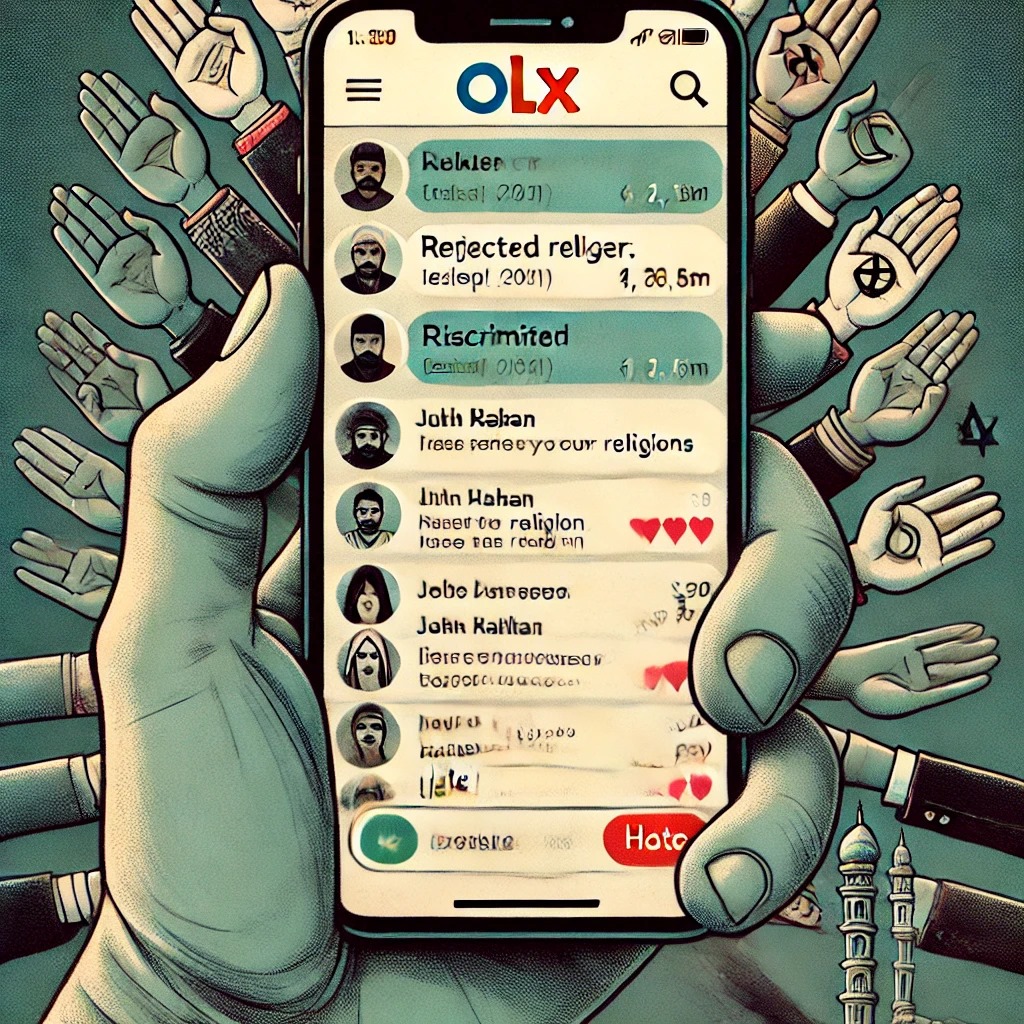Simeen Kaleem and Kartikey Shukla for BeyondHeadlines
“O mankind! We (God) created you from a single pair of male and a female; and made you into peoples and tribes, that ye may know each other (not that ye may despise each other). Verily the most honoured in the sight of God is (he who is) the most righteous among you… (The Holy Quran, Surah al-Hujuraat, verse 13)
The Holy book Qur’an insists on the radical equality of all Muslims, with no differentiation in inferiority and superiority, But caste and associated notions of caste-based superiority and inferiority still do play an important role in Indian Muslim society. And still the zat, jati, biraderi and quam remain a significant feature of Indian Muslim society, with slight regional variations. India (including some south Asian countries) being the sole nation in the world practicing and representing caste system amongst Muslims stand alone to justify and trace back its origin to the hierarchical structures in Hindu community.
In most parts of India, like Kashmir, Muslim society is based on the existence of occupationally specific caste groups, which have their own caste system. This dichotomy between Qur’anic equality and Indian Muslim caste system social practice has been looked and dealt with in many different ways. Some think the origin traces back its influence to the Bhraminical society and hence regarded as a cultural baneful impact while others believe that caste system in Muslims is a result of occupational divide.
It was not the result of mass conversion that led to the islamization in India but the incursion of Mahmud of Ghazni and Muhammad of Ghor that led to the serious settlement of Muslims in India. The havoc caused by Genghis khan and his grandson led to the countless number of people seeking for refuge and safety in India. And further the mughal rule led to the inflation of Muslims in India. It was not the process of individual conversion but the process of conversion of entire groups or sections which went into the process of Islamization. And in this process Islam rooted itself in Indian local, cultural and ritual practices displacing elements of other religion. Although the conversion of one or many section to Islam happened but the endogamous circle prior to conversion was still preserved. So even after the conversion to Islam, marriages continued to happen within the original caste group. And this led to the inflow of Hindu element (practices) into the Islamic culture. Thus it was not the influence of Hinduism but, rather, the continued impact of Hindu beliefs and customs on the converts who still held their Hindu cultural beliefs and practices. That explains the continued hold of caste-related practices and assumptions among large sections of the Indian Muslim community.
Muslims in India are broadly divided into Ashrafs and Ajilafs on the basis on ethnic origin and descent. The superiors or the ‘ashrafs’ were the descendents of the foreign i.e Arab, central Asia, Iran, Afghanistan and upper caste Hindus. And the ‘ajlafs’ which include the lower group of people like weavers, barbers, tailors who were looked down by the superior ‘ashrafs’.
In order to provide suitable authenticity to their claim of social superiority, medieval Indian ashraf scholars wrote numerous texts that sought to interpret the Qur’an to suit their purposes, thus effectively denying the message of Quran of radical social equality. The notion of Persian kings and their divine rights seem to have influenced many scholars to mention the superiority of the nobility against the principle of Qur’anic egalitarianism.
During 14th century, a Turkish scholar, Ziauddin Barani who was the member of the court of Muhamad Bin Tughlaq of Delhi sultanate, played the major role in stratification amongst Muslim communities. He wrote Fatawa-i Jahandari, in which Barani gave his intense casteist view, and regarded the Ashraf Muslims as racially superior to the Ajlaf Muslims. He mentioned that all high positions and privileges are the rights of the superior born and not the Indian Muslims.
Even in his interpretation of the Qu’ranic verse “Indeed, the pious amongst you are most honored by Allah”, he measured piousness with noble birth and Barrani was specific in writing that the “sons of Mohamed” i.e. Ashrafs “be given a higher social status than the low-born i.e. Ajlaf.
The working of this stratification was supposed to suppress the Ajlaf or the working class. Emphasizing his arguments by taking its basis from the Holy Quran, so that the possibility of cross questioning amongst the new Muslim converts is completely suppressed. And the possibility of the ashraf rulers to rule the country efficiently is increased. Although it should be clearly understood that, it was not only Barani with his idea of the ashraf supremacy but it was a common ideology shared by ulmas and sufis of that time, which came as one voice in his Fatawa-i Jahandari.
How ignorant are we to accept whatever society gives and teaches us!!! How incapable we are to establish equality amongst the people of our own community, who deserve it as their religious right!! When will we follow the real teachings of Islam and not the teachings of the ones who have interpreted it in their own way, for their own benefit!!!
Social Stratification among Muslim Communities in India









